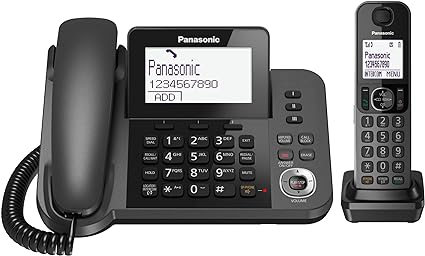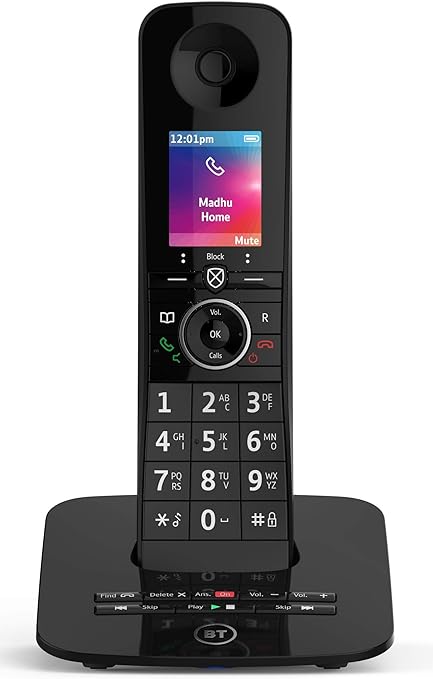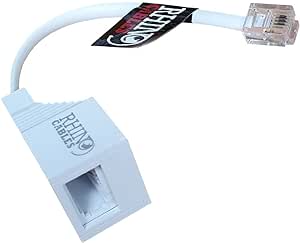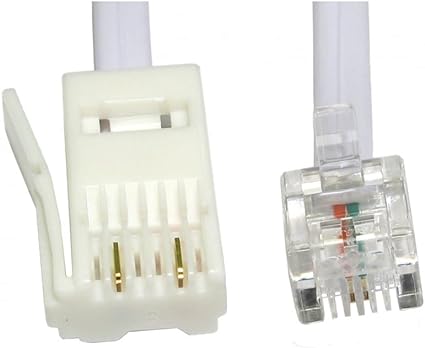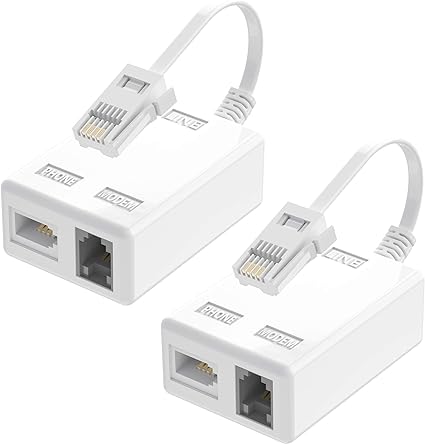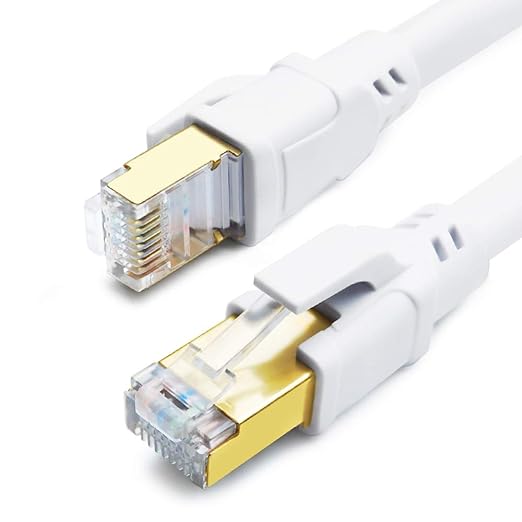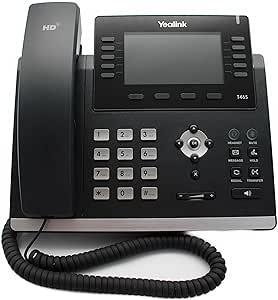What is Digital Voice Switchover?
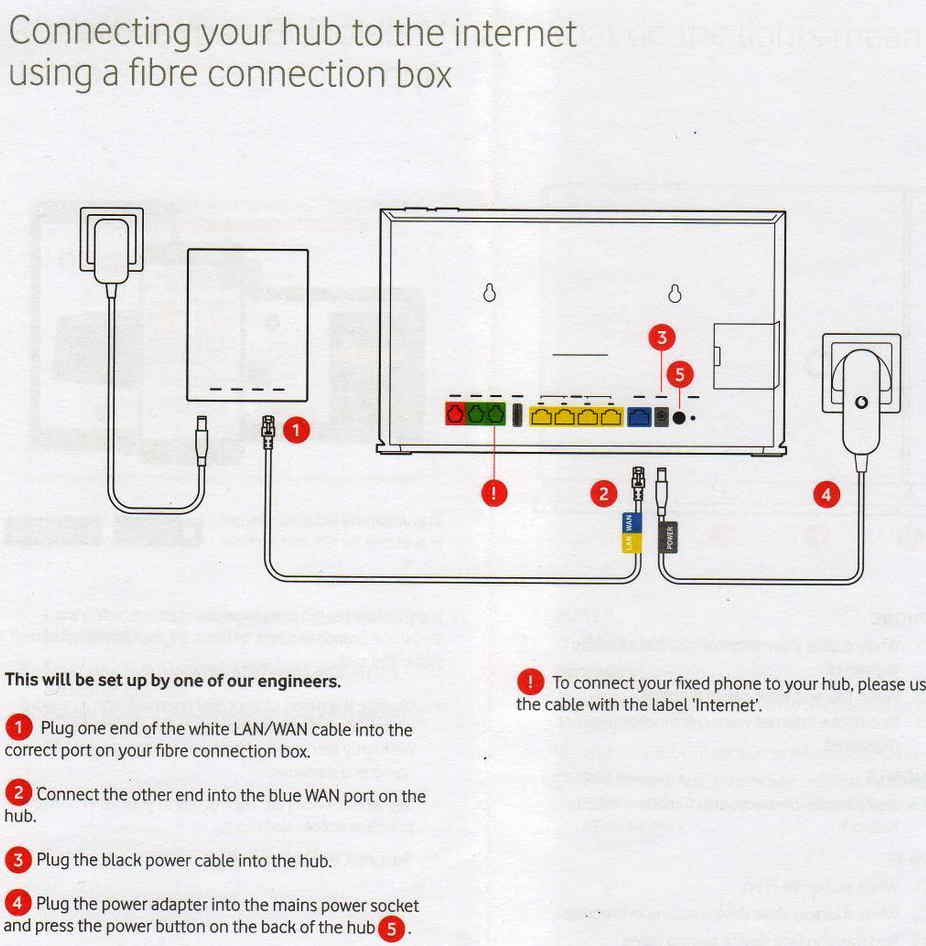
Digital voice switchover refers to the transition from traditional analogue telephone networks to Digital Voice Technologies, such as Voice over Internet Protocol (VoIP) or Digital Telephony systems. This transition involves migrating Telecommunications Infrastructure, including Phone Lines, Exchanges, and related equipment, from analogue to digital formats.
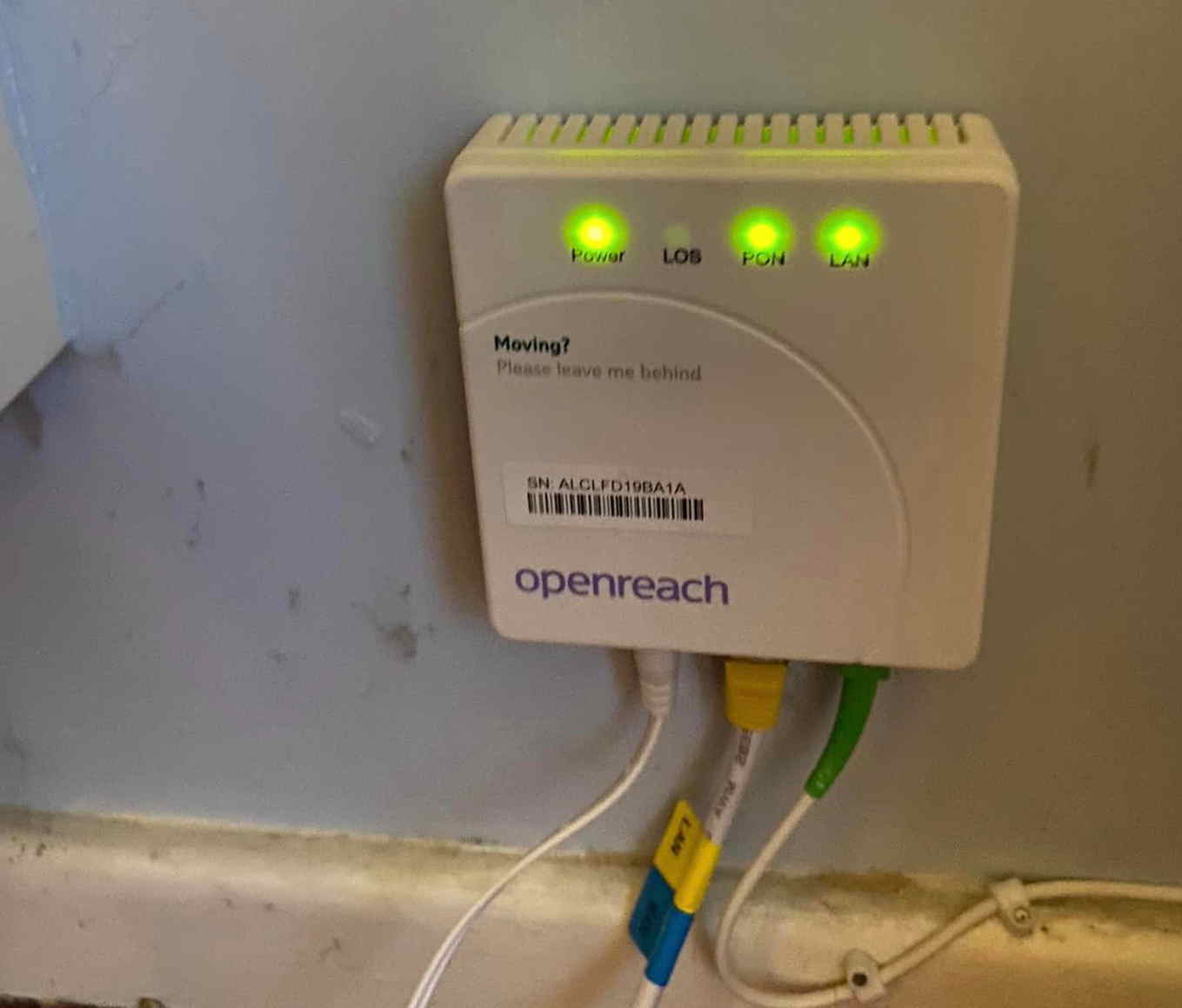
Here are some key aspects of Digital Voice switchover:
- Technological Transition: Digital voice switchover involves replacing analogue transmission technologies with digital ones. This typically involves upgrading telecommunications infrastructure, such as switching equipment, routers, and network protocols, to support digital voice transmission.
- Benefits: Digital voice technologies offer several advantages over traditional analogue systems. These include better voice quality, greater reliability, enhanced features (such as caller ID, call forwarding, and voicemail), and cost savings for service providers and users.
- VoIP Adoption: VoIP is one of the primary technologies driving the digital voice switchover. It allows voice communication over the internet or private networks, bypassing traditional telephone networks and their associated costs. VoIP services are often provided by telecommunications companies, internet service providers, or specialized VoIP providers.
- Challenges: Digital voice switchover may face challenges such as compatibility issues with legacy equipment, concerns about network security and reliability, and resistance from users accustomed to traditional analogue phone services.
Overall, digital voice switchover represents a significant transformation in telecommunications, offering improved voice communication capabilities and paving the way for the integration of voice services with other Digital Technologies and applications.
What is Digital Voice Re-injection, or VRI?
Digital voice re-injection, also known as voice re-injection or digital voice feedback, refers to a technique used in telecommunications and audio processing. It involves feeding back a processed version of a speaker’s own voice into their headphones or earpiece during a conversation. VRI or Voice Re-injection is another terminology for the same thing as Digital Voice Re-injection.
When I switch to Full Fibre Broadband or FTTP, will my existing telephone sockets and phones work? No!
Digital Voice Re-injection, or VRI in the context we are interested in, refers to making a connection between the Router TEL output and the telephone wiring around the house. Once you convert to Fibre Broadband and your conventional analogue phone line sockets around the house no longer work, the only point you will be able to plug a telephone into is the ‘TEL’ socket on the rear of the Router.
Ten things you MUST know before you order Fibre Broadband
Fibre Broadband is good, but there are some IMPORTANT facts that the Service Providers don’t make clear about the installation. It’s not all ‘Sugar Coated’. Find out more…
Is there a way of re-connecting my existing sockets and making them live again?
Yes, there is! You can attempt to do this yourself if you are reasonably confident with a screwdriver, and have good eyesight.
Elderly customers with a Careline Lifeline system need to know this
Customers with a Careline system will need their existing telephone sockets reconnected to the Digital Voice output.
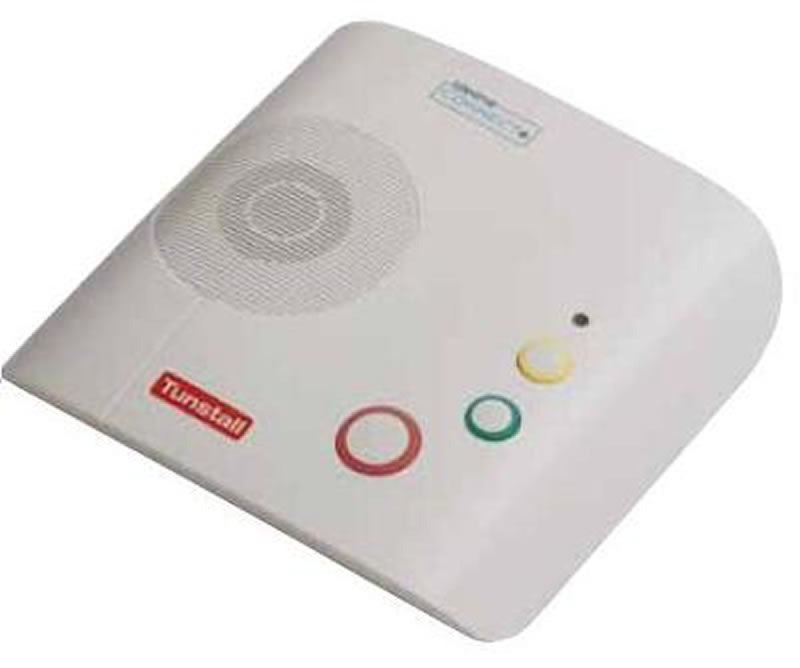
Your Careline Lifeline Pendant system is usually installed somewhere central in your house and plugged into the telephone socket and the electricity.
If you have Full Fibre Broadband conversion and a new Router fitted, your telephone sockets will no longer work. If your Fibre ONT and Router are put elsewhere in the house you will need your original telephone wiring re-connected. You will have to bear the cost!
Not only that, you will be without your alarm until the work is complete, that puts you, or your relatives at risk.
Think carefully about the timing of the work, and get advice where Openreach, City Fibre or other contractor will bring the new cable from outside into your house., and don’t hesitate to contact me for advice.
People with Burglar Alarms that dial out on the analogue phone line
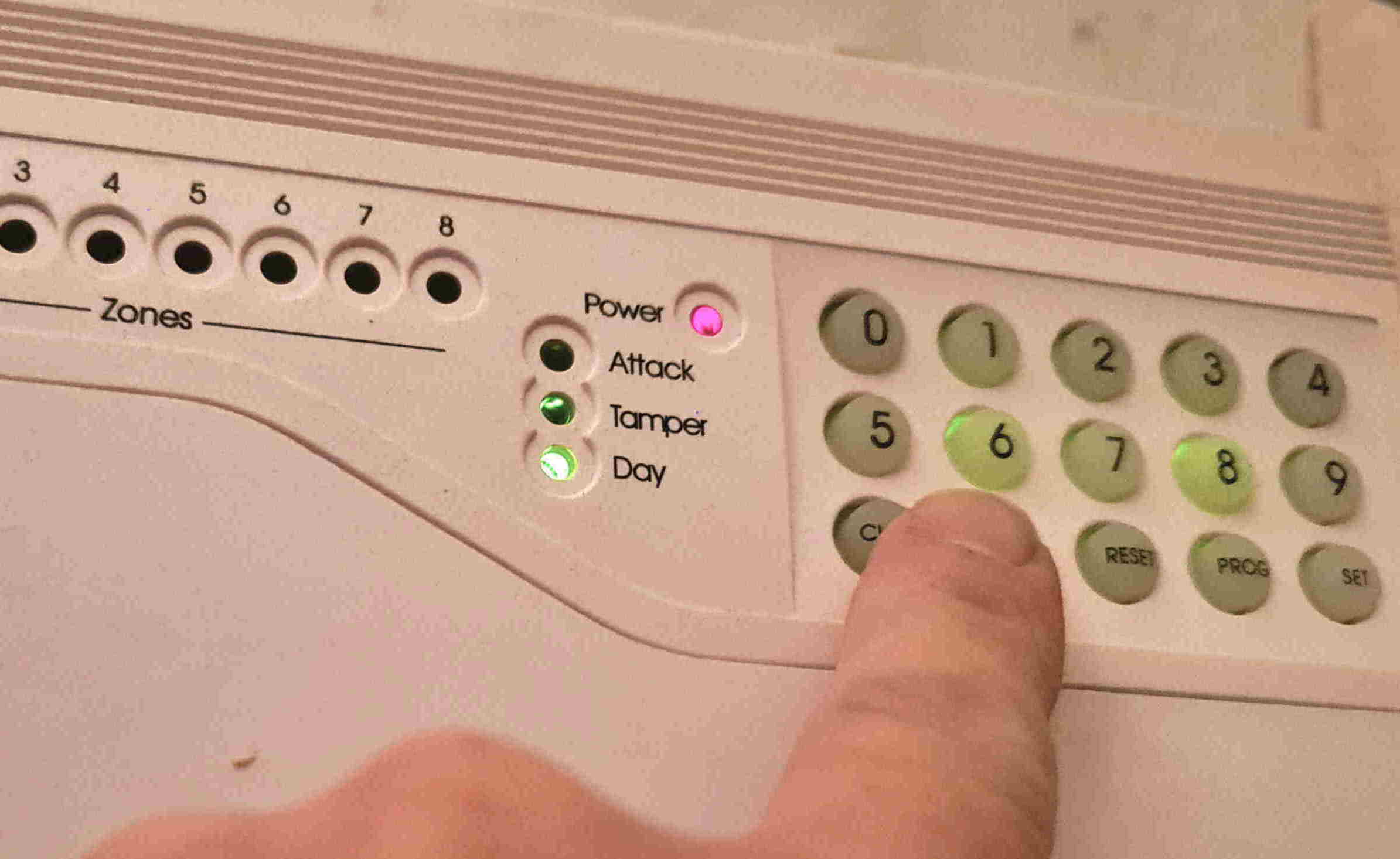
Older style Burglar Alarms use Dial Up Network to call the central control Alarm Monitoring Station. Guess what, when you have your Fibre Broadband installed this will no longer dial out. The Service Provider won’t tell you this and you will be faced with either a costly upgrade of the alarm system by the Alarm Company to a more up to date system that dials out using a SIM.
Or, you could call me and have your new Fibre Router Telephone Digital Voice connected up to the existing phone wiring. Either way, it will cost you a little more than you expected. Timing the work is important because if your alarm is out of action you may not be covered on insurance!
If you fancy trying to do the Digital Voice Re-injection yourself, here’s how!…
DIY people start here!
Step One: Your Fibre Broadband is an entirely separate network to the existing phone line service that came into your house. You need to disconnect the incoming feed from the street preferably at the Master Socket. The objective is to leave your entire phone socket wiring intact, connected together as they were, but to isolate them so you are not feeding your dial tone out of your house, up the street and back into the Telephone Exchange! Once you’ve disconnected your incoming line proceed to the next step.
Step Two: Prove that your line is live at the rear of the router, by plugging your telephone in and checking that you can make and receive outgoing calls. Then, purchase an RJ45 to BT Plug lead. You can buy on Ebay or Amazon, or you might even have one left from back in the days of Dial Up Networking, or when your old Sky Box had to be plugged into the Telephone Line.
Step Three: Plug the small square plug into the TEL socket on the rear of the Router. Then, take the ‘BT Plug end, and plug it into the front of the nearest Telephone Socket. Connect your telephone to any of the existing sockets and check for dial tone. If you make the first socket live, all of your existing sockets should work again!
The Internet works but the Phone won't Ring
If you find after doing this, that you can make outgoing calls, but when you call your own number it rings, but the phones don’t ring, check that you can ‘Answer yourself’ even though you can’t hear the phone ringing. Lift the handset while calling, and check that you can ‘Talk to yourself’.
If you can’t answer the call, you need to make sure you have the correct telephone number assigned to your new Fibre Broadband.
If you can call your Mobile Phone using the landline, do so and then check the number displayed matches what you expect. Check with your Service Provider if there’s a discrepancy.
If you can answer yourself, though the phone never rang, there’s an easy work around, a ‘Get out of Jail card’. Do you still have one of those ADSL or Broadband filters in your ‘Spare wires drawer’? If not, they are very cheap to buy. Plug the ADSL filter into the telephone socket on the wall, and then plug your corded phone into the TEL socket on the filter. Call yourself using your mobile, and now you should hear your land line phone ring.
If you can answer the call, but still hear no ringing, check that the Ringer, or Bell hasn’t been turned down, or off. Now, check the other sockets in the house and they should all work fine!
If you're using a Cordless Phone for your Landline but fancy an upgrade
BT have launched a brand new premium Cordless Phone with a number of important features. With their latest model you can block almost any type of nuisance calls. It comes with an answering machine and is fully featured.
You can purchase it as a single handset, or any combination adding two or Three handsets.
Click the photo and head over to Amazon to check out the full specs.
Useful items you may need
Here are some parts you might need:
Non DIY people - Would you like a Telephone Engineer to do this for you?
Non DIY people – I will be glad to help you out!
Simply call me, or fill out the contact form and I can arrange an appointment to come round and connect everything up for you, at a time convenient to you.
Voip Telephones
Voip Phones are different to your conventional corded phones. They have a different connection – an Ethernet Plug, or RJ45. They don’t use a phone line signal, they use Data. They won’t work plugged into the Router in the TEL socket, but they should be plugged into the RJ45 socket or Ethernet Port (often coloured yellow).
You will need to set the phone up according to your Service Providers instructions.
The one shown here is from Yealink. Click the photo and head over to Amazon to find out more…
Is Fibre Broadband available in my area?
Click below to find out quickly if and when you can have it!
But – be sure to read this first before ordering!

